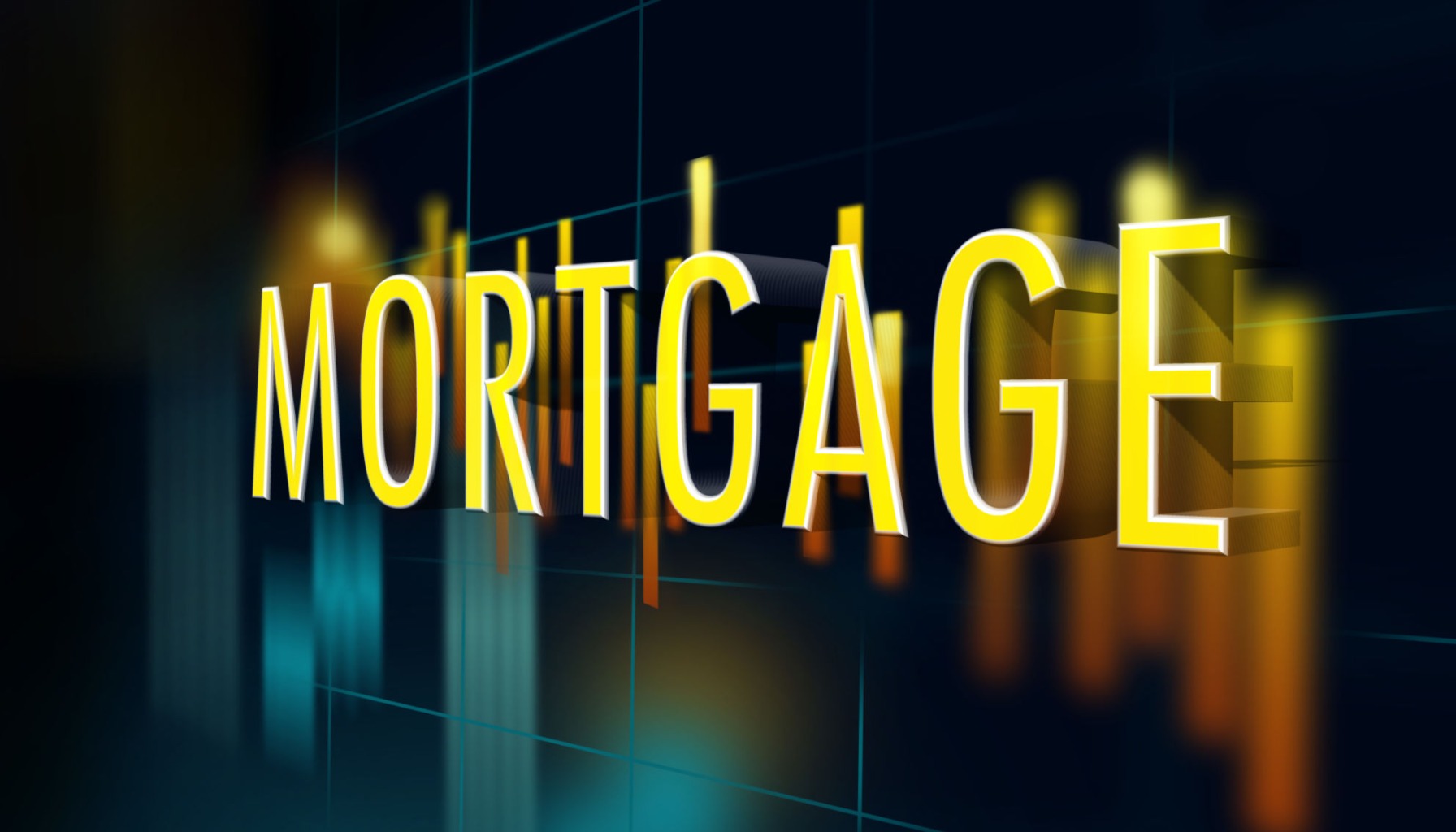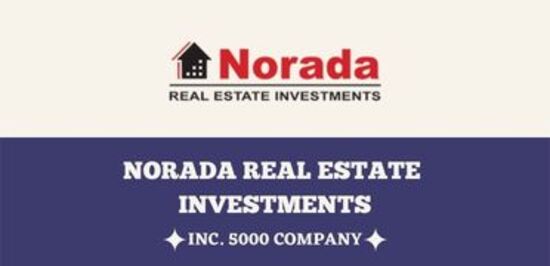Even with a slight dip in mortgage applications last week, the demand for refinancing homes is still a whopping 125% higher than it was a year ago. This surge is a clear signal that many homeowners are actively seeking ways to manage their housing costs and tap into equity, even when mortgage rates make small upward movements. While the newest data from the Mortgage Bankers Association (MBA) shows a weekly decrease in overall applications due to rising rates, the big picture for refinances remains incredibly strong.
Mortgage Refinance Demand Soars 125% Despite Recent Pullback
It feels like just yesterday we were navigating mortgage rates that felt incredibly high. Now, even with rates inching up to around 6.37% for a 30-year fixed mortgage, homeowners are still finding value in refinancing compared to what they were dealing with last year. This historical perspective is crucial. I’ve seen firsthand how quickly market conditions can change, and this strong refinance demand, even with a minor wobble, tells me a lot about homeowner confidence and their financial strategies.
What’s Driving This Refinance Frenzy?
So, why are so many people still looking to refinance, even when rates aren't at their absolute lowest?
- Catching a Wave: The simple answer is that rates, while up recently, are still significantly lower than the peaks we saw in late 2023. Homeowners who locked in rates during those higher periods, or those who secured mortgages a few years back, are likely still finding substantial savings by refinancing into a lower rate today. Even half a percent can make a big difference over 15 or 30 years.
- Cash-Out Opportunities: Beyond just lowering monthly payments, many homeowners are using refinancing to access the equity they’ve built up in their homes. This is known as a cash-out refinance.
- Home Improvements: Many people are looking to undertake renovations. With building materials and labor costs fluctuating, locking in a lower rate for a cash-out refinance can make that kitchen remodel or bathroom upgrade more affordable.
- Debt Consolidation: Another common use for cash-out refinances is to pay off higher-interest debt, like credit cards or personal loans. Consolidating that debt into a mortgage, with its typically lower interest rate, can free up monthly cash flow and save money in the long run.
- Other Investments: Some individuals may use the extra cash for other investments, education expenses, or even to boost their emergency savings.
Understanding the Recent Pullback
The MBA’s report noted a 7% drop in refinance applications from the week prior. Joel Kan, the MBA’s Deputy Chief Economist, pointed out that borrowers are indeed sensitive to even small increases in rates. This is a key insight.
When rates go up, even by a quarter of a percent, the mathematical advantage of refinancing can shrink. For some homeowners, the closing costs associated with a refinance might now outweigh the potential savings, making them pause their plans. This is why we saw the average refinance loan size dip to its lowest point since August – people are being more selective and looking for the most significant savings before pulling the trigger.
I think it’s important for homeowners to remember that rates fluctuate. What might not make sense today could be a great opportunity next week. It’s about timing and understanding your specific financial situation.
Purchase Activity: Still Holding Strong
While the spotlight is on refinancing, it’s worth noting that purchase mortgage applications also saw a slight decline, dropping 2% on a seasonally adjusted basis. However, like refinances, the year-over-year picture for home purchases is also positive. Purchase volume is 26% higher than the same week a year ago.
This indicates that buyer demand remains robust. Despite the rising rate environment, people are still motivated to buy homes. This could be driven by a few factors:
- Limited Inventory: In many markets, the supply of homes for sale remains tight, pushing competition among buyers.
- Long-Term Outlook: Homebuyers are often looking at the long-term value of homeownership, and the current rates, while higher than recent lows, are still manageable for many compared to historical averages.
- Specific Segments: Kan mentioned a “small increase in FHA purchase applications,” which suggests that government-backed loan programs are helping affordability for first-time homebuyers or those with specific credit profiles.
Recommended Read:
What the Mortgage Rate Summary Tells Us
Let's break down the latest figures from the MBA:
| Mortgage Type | Current Rate | Previous Rate | Change |
|---|---|---|---|
| 30yr Fixed | 6.37% | 6.34% | Up slightly |
| 15yr Fixed | 5.83% | 5.70% | Up |
| Jumbo 30yr | 6.39% | 6.46% | Down slightly |
| FHA | 6.14% (unchanged) | 6.14% | No change |
| 5/1 ARM | 5.65% | 5.50% | Up |
What’s interesting here is the mixed movement. While the popular 30-year fixed and 15-year fixed rates moved up, the Jumbo 30-year actually saw a slight decrease. The FHA rate held steady, which is good news for those relying on those programs. The increase in the ARM rate shows that adjustable-rate mortgages are also following the general upward trend in interest rates.
My Take: Optimism Tempered with Realism
From my perspective, the 125% surge in refinance demand is the headline story. It highlights the incredible opportunity homeowners had in the recent past and the continuing desire to optimize their housing finances. The fact that this demand is so strong even after a recent rate uptick shows resilience.
However, the sensitivity to rate movements is also a critical factor. It means the refinance market can be volatile. If rates continue to climb significantly, we might see another pullback. On the flip side, if rates start to dip again, we could see this demand surge even higher.
For homeowners considering a refinance, my advice is always to get a personalized quote and do the math for your specific situation. Don't just look at the headline rates; consider closing costs, how long you plan to stay in your home, and your overall financial goals.
The purchase market’s continued strength, despite rate increases, is also encouraging. It paints a picture of a housing market that is active and functioning, driven by genuine demand rather than just historically low rates. It’s a more balanced market than we’ve seen in a while, and that’s a good thing for everyone.
“Invest Smart — Build Long-Term Wealth Through Real Estate”
Norada's team can guide you through current market dynamics and help you position your investments wisely—whether you're looking to reduce rates, pull out equity, or expand your portfolio.
Work with us to identify proven, cash-flowing markets and diversify your portfolio while borrowing costs remain favorable.
HOT NEW TURNKEY DEALS JUST LISTED!
Speak with a seasoned Norada investment counselor today (No Obligation):
(800) 611-3060
Recommended Read:
- When You Refinance a Mortgage Do the 30 Years Start Over?
- Should You Refinance as Mortgage Rates Reach Lowest Level in Over a Year?
- NAR Predicts 6% Mortgage Rates in 2025 Will Boost Housing Market
- Mortgage Rates Predictions for 2025: Expert Forecast
- Half of Recent Home Buyers Got Mortgage Rates Below 5%
- Mortgage Rates Need to Drop by 2% Before Buying Spree Begins
- Will Mortgage Rates Ever Be 3% Again: Future Outlook
- Mortgage Rates Predictions for Next 2 Years
- Mortgage Rate Predictions for Next 5 Years
- Mortgage Rate Predictions for 2025: Expert Forecast



